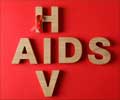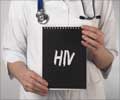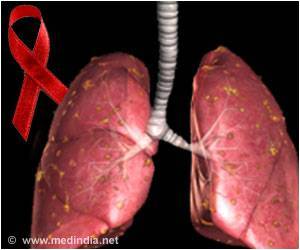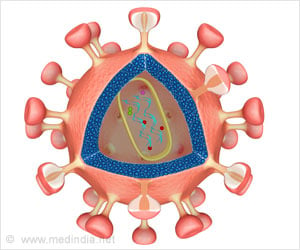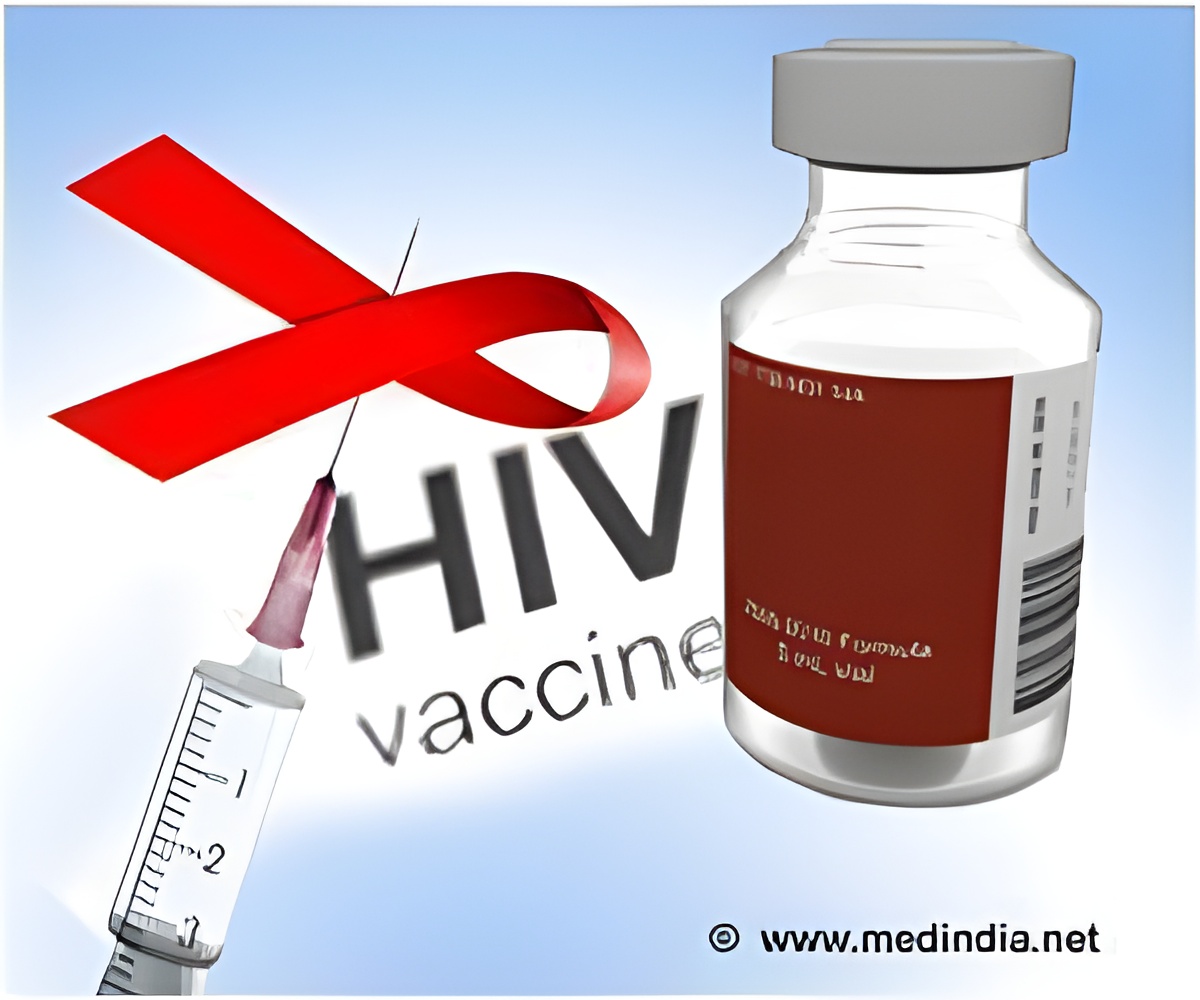
They found that in every setting, the cost of antiretroviral drugs was an important factor influencing the affordability of effective prevention programmes but delivery of pre-exposure prophylaxis to populations at higher risk of HIV exposure appeared to be the most cost-effective strategy. The authors also found that both behavioural changes and adherence to the pre-exposure prophylaxis drug regimens affected programme effectiveness.
The authors say: "Our findings show that pre-exposure prophylaxis has the potential to be a cost-effective addition to HIV prevention programmes in some settings."
They continue: "However, the cost-effectiveness of pre-exposure prophylaxis is likely to depend on considerations such as cost, the epidemic context, pre-exposure prophylaxis programme coverage and prioritisation strategies, as well as individual adherence levels and pre-exposure prophylaxis efficacy estimates."
The authors add: "Given that our review shows that both the setting and which population is prioritised for pre-exposure prophylaxis are critical drivers of cost-effectiveness, the next step is to conduct context-specific demonstration studies, including comprehensive cost analyses, of different prioritisation and adherence promotion strategies to ensure that the maximum benefit from the introduction of pre-exposure prophylaxis is realised within combination HIV prevention programmes."
Advertisement







